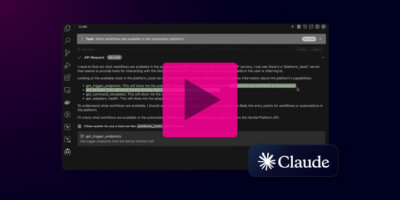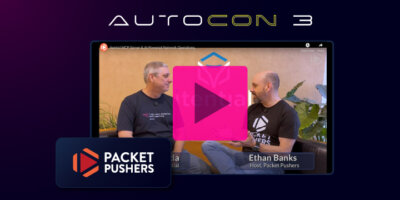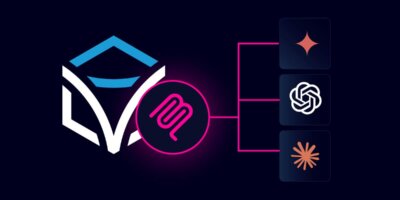Share this
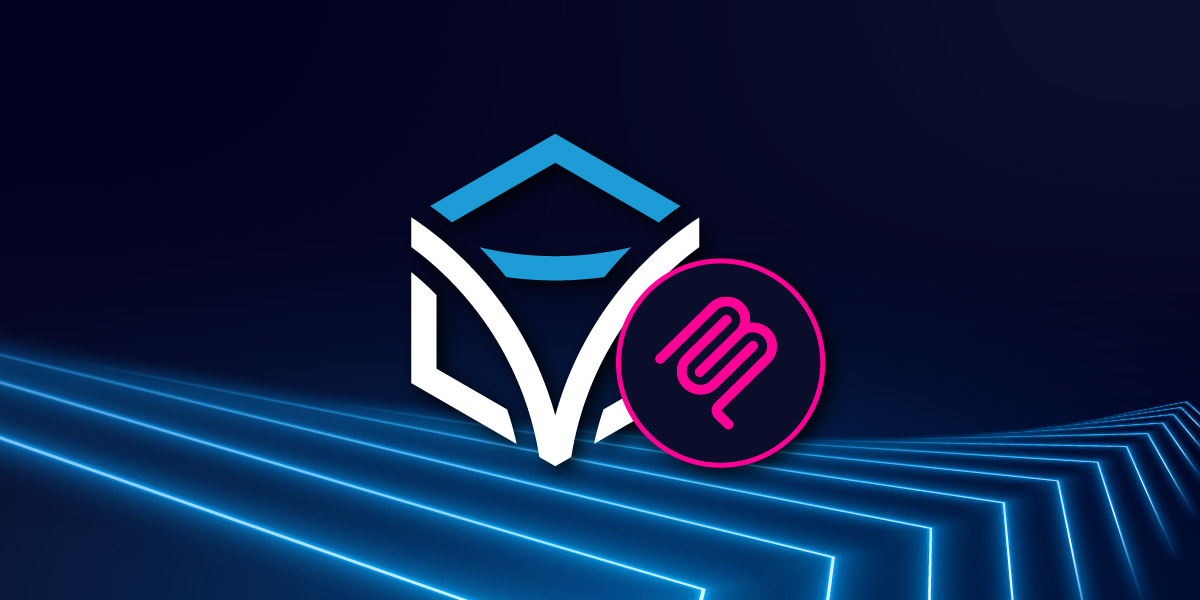
Table of Contents
What is MCP?
The Model Context Protocol (MCP) is an open standard introduced by Anthropic in November 2024 that solves the “universal language problem” in AI-tool integration. Just as USB-C provides a universal connector for devices, MCP provides a standardized way for any AI assistant to connect to external tools and data sources without requiring custom integration code.
Before MCP, every AI framework (LangChain, OpenAI, Google’s dev kit) had its own proprietary way of connecting to external systems. Building an AI agent that could read emails, check calendars, and update databases meant writing separate integration code for each tool, with different authentication methods, error handling, and data formats.
MCP operates on JSON-RPC 2.0 and provides three core capabilities:
- Tools: Executable functions that perform actions (deploy infrastructure, send emails, create tickets).
- Resources: Access to data and information (read files, query databases, fetch metrics).
- Prompts: Templated workflows that guide AI behavior for specific tasks.
When an AI connects to an MCP server, it automatically discovers available capabilities through standardized methods. This means AI assistants can adapt to new tools without requiring updates or retraining. The protocol supports dynamic tool discovery, real-time notifications, and works across cloud providers, on-premises systems, and hybrid environments.
Why MCP matters for enterprise infrastructure:
- Standardization reduces complexity: What used to require bespoke development becomes configuration.
- Universal Interoperability: Your integrations work with Claude, ChatGPT, or any MCP-compatible AI.
- Real-Time Adaptability: AI agents learn about new capabilities automatically as infrastructure evolves.
Read more about the foundations of MCP →
Itential Brings Enterprise Infrastructure to AI
The Itential Model Context Protocol (MCP) server enables AI assistants like Claude to safely orchestrate network automation and infrastructure management across enterprise environments.
The Itential MCP server exposes enterprise-grade infrastructure management capabilities to AI assistants through standardized tools.
How It Works
The MCP architecture creates a secure bridge between AI and your infrastructure via the Itential Platform:
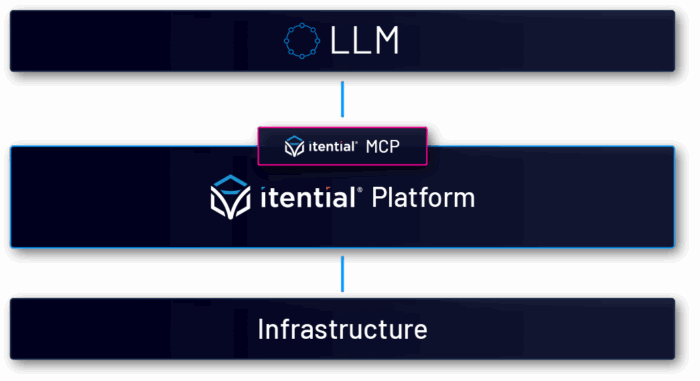
When you ask Claude “Show me all devices in the Atlanta datacenter,” the AI:
- Understands your natural language request.
- Calls the appropriate Itential MCP tool (get_devices).
- Receives structured data from your Itential Platform.
- Formats and presents the results in a readable way.
This means AI makes decisions, Itential provides the execution and MCP provides tool exposure, ensuring enterprise-grade security and compliance at every step.
Installation
Option 1: Virtual Environment Installation (Recommended)
Prerequisites: Python >=3.10 is the minimal requirement for this installation method.
# Create a virtual environment python -m venv <venv-dir>/itential-mcp-venv # Activate the virtual environment # On macOS/Linux: source <venv-dir>/itential-mcp-venv/bin/activate # On Windows: <venv-dir>\itential-mcp-venv\Scripts\activate # Install from PyPI python -m pip install itential-mcp # Verify installation itential-mcp version
Note: Remember to activate the virtual environment each time you want to use the itential-mcp command.
source <venv-dir>/itential-mcp-venv/bin/activateOption 2: Docker Container
For containerized deployments:
# Pull the latest version docker pull ghcr.io/itential/itential-mcp:v0.x.x
Configuring Claude Desktop
Claude Desktop requires specific configuration to connect to the Itential MCP server using environment variables. Access the configuration through Settings → Developer → Edit Config.
Environment Variable Configuration
For Virtual Environment Installation:
{
"mcpServers": {
"itential-mcp": {
"command": "<venv-dir>/itential-mcp-venv/bin/itential-mcp",
"args": ["run"],
"env": {
"ITENTIAL_MCP_PLATFORM_HOST": "your-platform.example.com",
"ITENTIAL_MCP_PLATFORM_CLIENT_ID": "your-client-id",
"ITENTIAL_MCP_PLATFORM_CLIENT_SECRET": "your-client-secret",
"ITENTIAL_MCP_LOG_LEVEL": "INFO"
}
}
}
}Docker Configuration
If using Docker:
{
"mcpServers": {
"itential-mcp": {
"command": "docker",
"args": [
"run", "-i", "--rm",
"-e", "ITENTIAL_MCP_PLATFORM_HOST=your-platform.example.com",
"-e", "ITENTIAL_MCP_PLATFORM_CLIENT_ID=your-client-id",
"-e", "ITENTIAL_MCP_PLATFORM_CLIENT_SECRET=your-client-secret",
"ghcr.io/itential/itential-mcp:v0.x.x"
]
}
}
}Note: Basic authentication is also supported using ITENTIAL_MCP_PLATFORM_USER and ITENTIAL_MCP_PLATFORM_PASSWORD instead of the OAuth variables above.
After saving any configuration, restart Claude Desktop to activate the MCP server connection.
Verifying Your Connection
After configuration, verify the connection in your AI assistant:
In Claude Desktop
1. Open a new conversation
2. Click the “Search and Tools” icon or type “Show MCP tools”
3. Look for “itential-mcp” in the connected servers list
4. Try a simple query: “Check the Itential platform health”
In VS Code with Cline
5. Open the Cline chat (usually in the sidebar)
6. Check the status bar for “MCP: Connected”
7. Type: “@mcp list tools” to see available Itential tools
8. Try: “Using Itential MCP, check the platform health”
More a visual learner? Check out this video from William Collins showing you how it’s done:
Your First Five Minutes with Itential MCP
Once connected, try these queries in order to build confidence:
1️⃣ Health Check (Read-only, Safe)
“Check if the Itential platform is healthy”
What happens: Uses get_health tool to verify platform status
Expected response: Platform status, API availability, and component health
2️⃣ Device Discovery (Read-only)
“Show me all devices in Itential”
What happens: Queries device inventory with filters
Expected response: Formatted table of devices with management IPs
3️⃣ Workflow Listing (Read-only)
“What automation workflows are available?”
What happens: Searches workflows by keyword
Expected response: List of workflow names with descriptions
4️⃣ Configuration Check (Read-only)
“Get the show version for device switch-01?”
What happens: Retrieves device configuration
Expected response: Show ver with output interpretation
5️⃣ Launch a Gateway Manager Service
Launch service aws-ec2-list for region us-west-1
What happens: Initiates a service
Expected response: Parse script response and gives information about the output
6️⃣ Launch a Workflow
Launch Port Turn Up Service workflow
What happens: Ask for clarification on input parameters and initiates the workflow
Expected response: Job ID and progress updates
Conclusion
You’ve successfully configured the Itential MCP server to work with your AI assistant, creating a powerful bridge between natural language and enterprise infrastructure management. This setup enables:
- Natural language network operations: Ask questions, get answers.
- Safe automation: Start with read-only, progress to changes.
- Team Collaboration: Share configurations and patterns.
- Rapid Troubleshooting: AI-assisted problem resolution.
The combination of Python virtual environments for isolation, flexible configuration options, and progressive learning examples ensures a smooth journey from setup to production use.
Next Steps
- Complete the first five queries
- Create your own query templates
- Share your configuration with your team
- Join the community at github.com/itential/itential-mcp
Welcome to the future of infrastructure automation – where AI and enterprise systems work together seamlessly through the Model Context Protocol.
Frequently Asked Questions
How do I test my connection?
To verify connectivity to the Itential platform:
itential-mcp test-connection
How do I enable debug mode?
To get detailed logging information:
ITENTIAL_MCP_LOG_LEVEL="DEBUG" itential-mcp run
How do I filter tools by tags?
You can include or exclude specific tool categories:
# Include only specific tool categories ITENTIAL_MCP_INCLUDE_TAGS="devices,workflows" itential-mcp run # Exclude specific tool categories ITENTIAL_MCP_EXCLUDE_TAGS="experimental,destructive" itential-mcp run
How do I update the Itential MCP server?
For Virtual Environment Installation:
# Activate virtual environment first source <venv-dir>/itential-mcp-venv/bin/activate pip install --upgrade itential-mcp
For Docker:
docker pull ghcr.io/itential/itential-mcp:latest
Where can I find more examples, documentation, etc.?
Official documentation: github.com/itential/itential-mcp
- Community examples: Check the Issues and Discussions sections
How do I contribute or report issues?
GitHub Issues: github.com/itential/itential-mcp/issues
- Pull Requests: Fork the repository and submit Pull Requests
- Community Discussion: Join the GitHub Discussions

